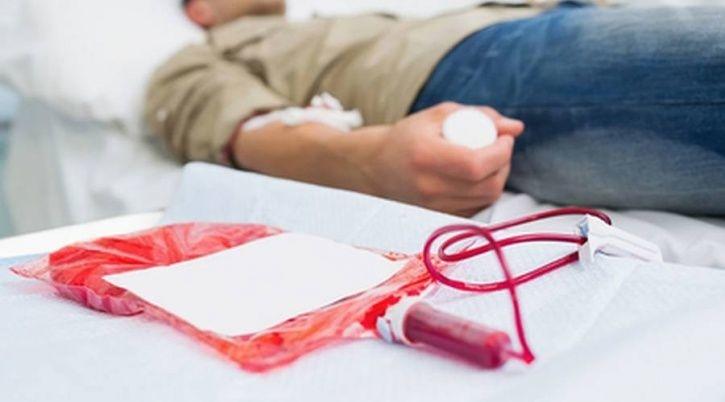Hepatitis research and development lead to new solutions
Really, HBSAG was the fundamental required HBV test in transfusion prescription. Testing for HBSAG alone is compelled by the manner in which that HBSAG freaks probably won’t be recognized by some looks at and, even more fundamentally, low-level HBSAG replication in perpetual infections might be missed attributable to the acknowledgment farthest reaches of the measures. Adding antagonistic to HBC to the test board engages the revelation of a huge bit of these models, leaving the fundamental window time allotment as the genuine risk of HBV transmission. One of the genuine detriments of unfriendly to HBC thought is this absence of an insistence test.
Taken together, an elective procedure for extending the wellbeing of blood donations is by all records critical, and if conceivable, without relying upon hostile to HBC testing. In a cash sparing bit of leeway examination we decided different models for the immunization of blood providers and differentiated the costs and preferences and diverse test systems. Hepatitis B Paid Blood Donation at Access Clinical contributors with yearly enemies of HBS test to show opposition, joining an advertiser divide by virtue of a low titter, without additional testing of blood things would result in an abatement of cost of 14% inside a period of 20 years. Thusly, immunization would not increase but rather decrease costs. Regardless, inferable from security reasons one may fight that testing couldn’t be absolutely dropped.
Hepatitis B contamination (HBV) is a noteworthy purpose behind post-transfusion hepatitis. For quite a while different strategies have been completed to lessen the amount of transfusion-transmitted pollution’s from blood donations. Assurance of benefactors and testing of blood things expect an imperative job in the shirking of blood-borne infections. Current rules for hindering HBV transmission stipulate testing for hepatitis B surface antigen (HBSAG) and antibodies express to hepatitis B focus antigen (against HBC) in various countries.
Be that as it might, in the midst of the early time of ailment a neutralizing specialist response isn’t yet obvious and deficient antigen might be available to allow recognizable proof, bringing about a symptomatic window of around 50 days in the midst of which contamination is available anyway is basically imperceptible to force testing systems. This can be changed with Hepatitis B Paid Blood Donation at Access Clinical. For other blood-borne maladies like HCV and HIV the required tests in like manner join nucleic corrosive techniques (NATs). The use of NATs has been proposed to decrease the present threat of HBV transfusion infection, but then again is liable to restriction because of a systematic window, and despite when using a blend of HBSAG, antagonistic to HBC and NATs, the extra risk of HBV transmission remains obviously higher than those of HIV or HCV.



